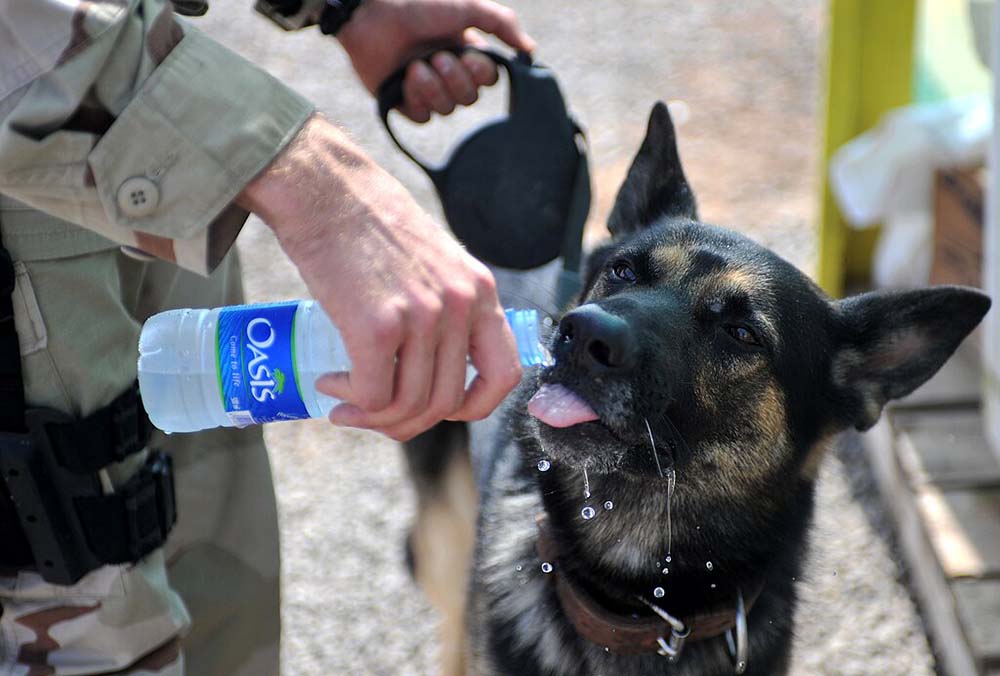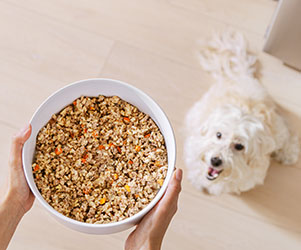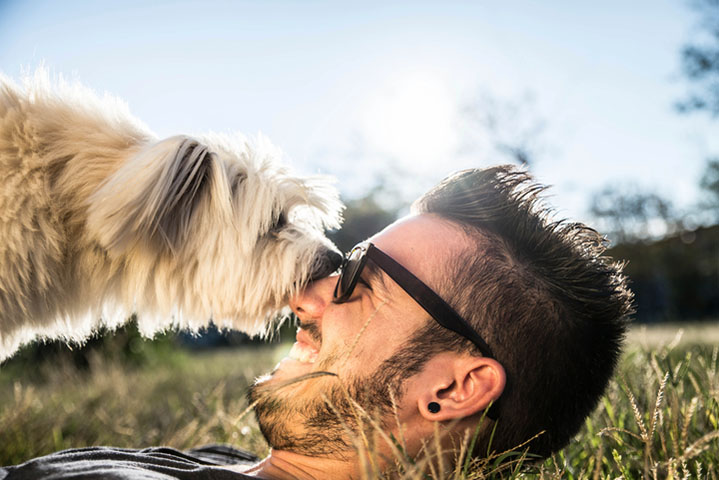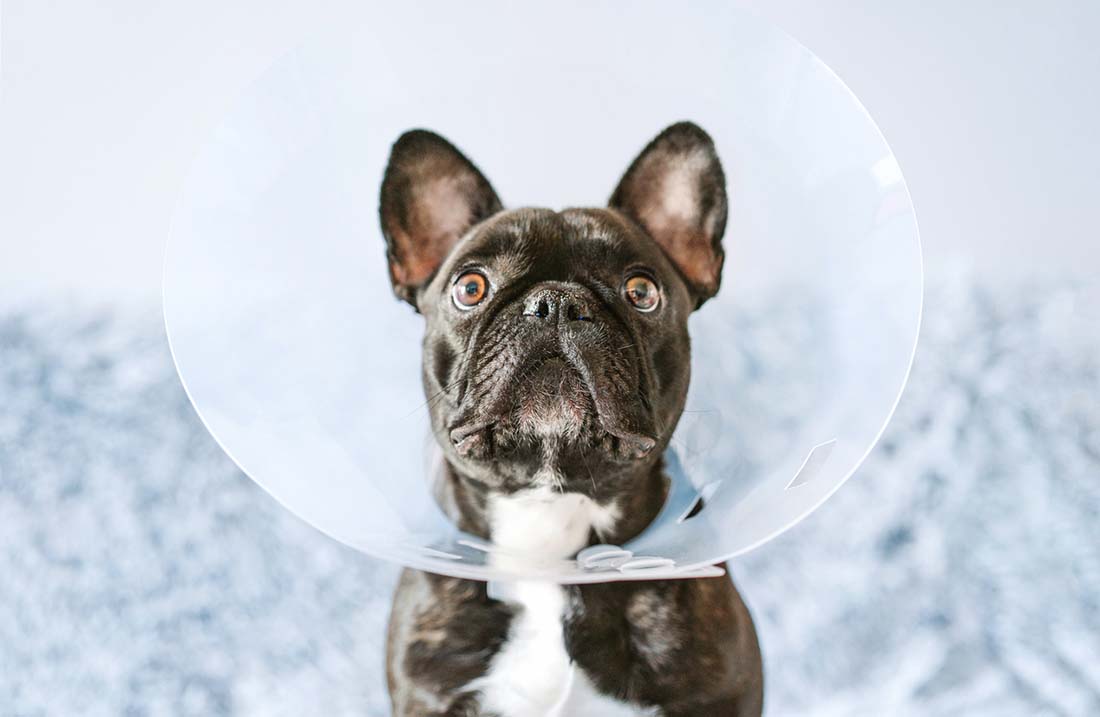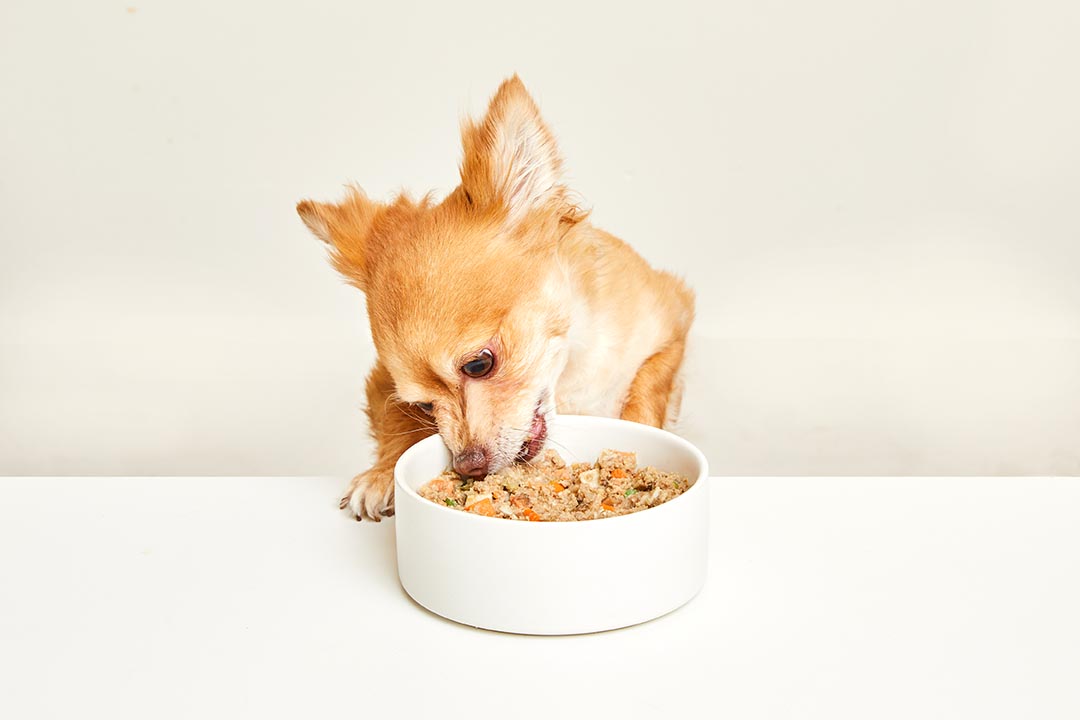Hydrated Hounds: How To Get Your Dog To Drink Water
Not sure how to encourage your dog to drink enough water? Here are some helpful hints to keep your hound hydrated and watch out for signs of dehydration.
Are you worried about your dog’s water intake? Not sure how to encourage them to drink enough water? Here are some helpful hints to keep your hound hydrated and watch out for signs of dehydration.
Why Is My Dog Not Drinking Water?
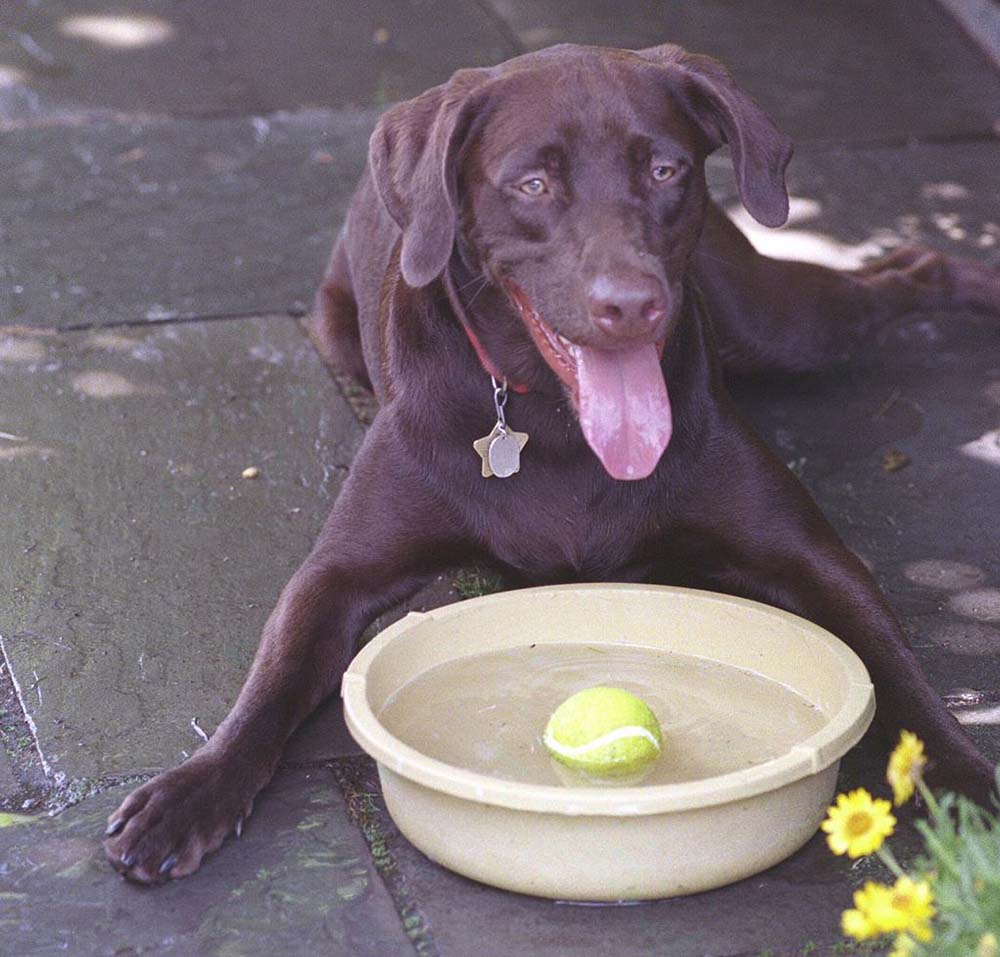
Adequate hydration is essential for your dog’s health. If you’re concerned about your dog’s water consumption, the first step to helping them is figuring out why they’re not drinking enough water.
Possible reasons your furry friend isn’t drinking water might be:
- Illness or injury — Your dog being sick or having an injury can cause them to drink less water. Certain health issues like kidney disease, Cushing’s disease, and diabetes can effect your dog’s water consumption and should be monitored by your veterinarian.
- Anxiety — Stress and anxiety in dogs can cause a loss of appetite and desire for water. It can be caused by a change in routine, long periods alone, kennel stays, or a new pet or family member in the house.
- Aging — Older dogs tend to slow down overall. Your dog’s aging joints and muscles can make getting to the water bowl challenging as well. With less activity they require less water, but still need to stay hydrated to stay healthy!
- Change in water source — Dogs have incredibly strong senses and can tell where their water comes from. A change in their water source might be a reason they’re drinking less.
How Much Water Should A Dog Drink?
All pet owners know hydration is important, but how much water should your dog drink daily?
In general, a dog needs at least one ounce of water per pound of body weight on a daily basis. So if your dog weighs 35 pounds, they’ll need about 35 ounces of water each day.
The right amount of water for your dog will depend on their size, age, and breed as well as their activity level. Dogs who are spending most of the day around the house won’t need as much water as dogs who are out and about, especially when they’re active.
How To Tell If Your Dog Is Dehydrated
Being able to recognize signs of dehydration in your dog means you can take action to get them hydrated before it becomes a health issue. A dehydrated dog going too long without water can develop kidney disease, increased body temperature, or even loss of consciousness.
Signs of Dehydration in Dogs
- Panting
- Dry nose
- Loss of skin elasticity
- Thick or stringy saliva, sometimes called xerostomia
- Dry or sunken eyes
- Reduced energy
- Dry gums
How To Make Your Dog Drink Water
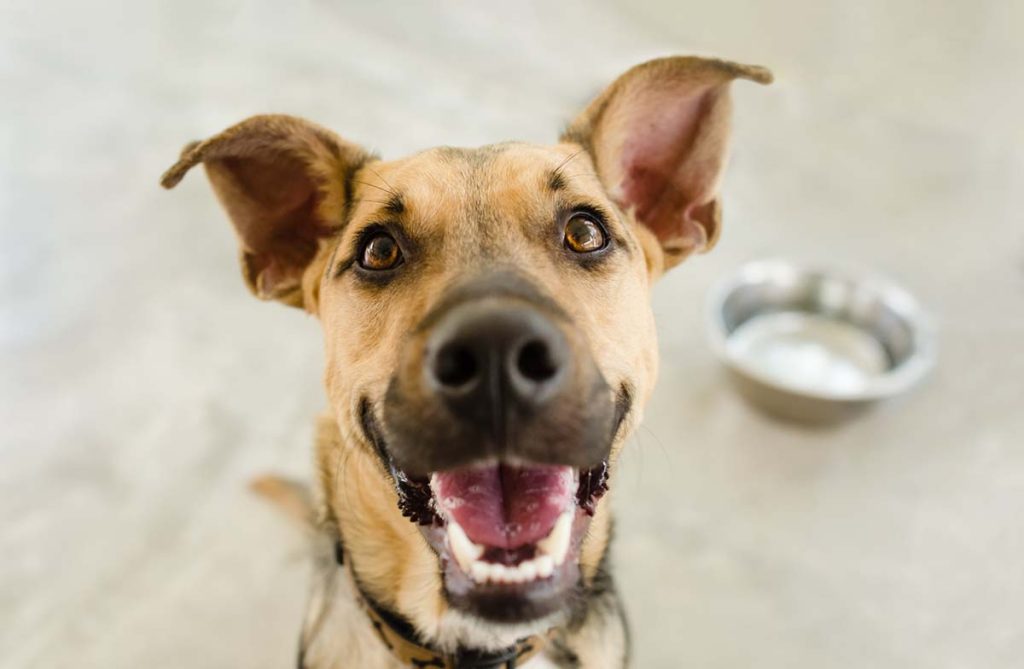
Keep Your Dog’s Water Bowl Full
Don’t let your dog’s water bowl run dry! Keep your dog’s bowl of clean water to encourage them to drink more, and make sure the bowl itself is clean as well. Stainless steel or glass water bowls are best to avoid the buildup of bacteria or other germs. Give them fresh running water at the start of each day to encourage drinking all day long.
Make Sure Their Water Is Clean
You wouldn’t want to drink funky water, and neither does your dog! Unlike humans, dogs actually have taste buds specifically for water. This means they can tell when water is different or not good to drink. Making sure they have clean, fresh water each day will surely encourage your dog to drink more.
Add Water To Dog Food
Adding a small amount of water to your dog’s food is a great way to get a little extra hydration into your dog’s diet. Whether your dog eats wet food or dry kibble, adding water can also make their food easier to eat and digest.
Add Ice Cubes to Water
Not only do dogs like water that’s cool and refreshing, but they tend to enjoy chewing on ice cubes overall. Adding ice cubes to your dog’s water cools it down and can help lower their body temperature in hot weather, and makes for a cold treat pups will want to consume.
Add Flavor to Water
Adding a yummy flavor to your dog’s water is another way to inspire hydration. They’ll love the taste of a little chicken broth or bone broth in their water bowl, and you’ll love their increased water intake and boosted hydration.
Give Plenty of Water Opportunities
Make sure your dog has plenty of opportunities to drink water throughout the day and in different locations. Most dog owners keep a water bowl where their dog eats, but if your dog doesn’t spend a significant amount of time in that area, they may be less likely to go there for water.
Consider keeping a bowl of water in different rooms of the house or on the porch if your dog spends a lot of time outside.
When out and about, make a stop at every water fountain and give your pup a chance to drink, especially on a hot day. They may not want or need any water but giving them the option is an important habit to keep them hydrated.
Use Positive Reinforcement
Positive reinforcement is one of the best training tools you can use with your pooch. It’s the ultimate way to encourage desired behavior in dogs and to let your pup know they’re doing a good job. Positive reinforcement rewards good behavior instead of punishing or reprimanding ‘bad’ behavior.
When they drink water, give your dog plenty of verbal praise and make sure they know what a good girl or boy they are. You can even reward them with a dog treat after they get some water down to reinforce that drinking water is good!
Use a Pet Fountain
Pet fountains are made to provide your dog with fresh, filtered water that stays cool all day long. Automatic water fountains for pets generally circulate, cool, and filter water as long as they’re on, making them a great solution for pet owners who have to be away during the day. Access to crisp, clean water all day will encourage hydration for your dog and provide peace of mind for you knowing they have access to it.
This content is for informational use only and does not replace professional nutrition and/or medical advice, diagnosis, or treatment. It is not a substitute for and should not be relied upon for specific nutrition and/or medical recommendations. Please talk with your veterinarian about any questions or concerns.
“Xerostomia – an Overview | ScienceDirect Topics.” n.d. Www.sciencedirect.com. https://www.sciencedirect.com/topics/veterinary-science-and-veterinary-medicine/xerostomia.
